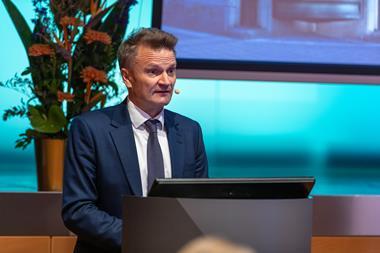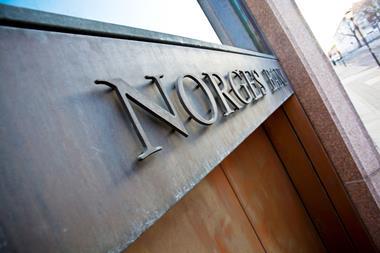The new Norwegian Government Bond Fund is now open for business and took on its first debt assets at the end of March, just days after the fund was recreated as part of the government’s rescue strategy for domestic businesses struggling to deal with the effects of the COVID-19 crisis.
Folketrygdfondet – the Oslo-based manager tasked in mid-March with reprising the bond fund which helped Norway cope with the 2008 financial crisis – made the announcement alongside first quarter results for the main fund it manages, the Government Pension Fund Norway (GPFN).
The organisation said its responsibility for the restored Government Bond Fund began on 27 March, adding: “The first investment was made on the same day, less than two weeks after the measure was first announced by the government.”
Kjetil Houg, Folketrygdfondet’s chief executive officer, said: “We strongly believe that this will contribute to increased liquidity and capital inflows in the Norwegian bond market.”
The new fund is to invest in NOK50bn (€4.4bn) of bonds to help Norwegian companies access liquidity in the economic crisis precipitated by the pandemic.
Folketrygdfondet said it would report on the development of the Government Bond Fund in connection with its second quarter results for 2020, which are due to be published in August.
Meanwhile, the manager reported that the now NOK237.2bn GPFN – the smaller Nordic investment portion of the country’s overall sovereign wealth fund – suffered an 11.7% investment loss in the first three months of this year, when the coronavirus outbreak and its knock-on effects pummelled Norway’s financial markets.
Last month the larger part of the SWF, the NOK10.5trn Government Pension Fund Global (GPFG), reported it made a 14.6% investment loss between January and March.
Equities, which made up 57.5% of the GPFN portfolio at the end of March, finished the reporting period with a 20.58% loss – underperforming the benchmark by 0.08 percentage points, according to Folketrygdfondet’s report.
The fund’s only other asset class – bonds – produced a 2.54% return, which was 0.03 percentage points above the benchmark, and ended the quarter with a 42.5% portfolio weighting.
However, the GPFN’s holdings in neighbouring Nordic countries appear to have saved its equities portfolio from the worst of the Norwegian bourse’s first quarter slump.
The fund’s current equities allocation consists of 47% slice of the fund invested in Norwegian shares and a 10.5% slice in Danish, Swedish and Finnish shares.
While the Norwegian equities market fell by 24.1% in the first quarter, the Danish, Swedish and Finnish bourses declined by 14.9%, 13.1% and 11.3%, respectively, in the same period, Folketrygdfondet said in its interim report.
“The Norwegian market was hit by the coronavirus situation, a sharp fall in the krone exchange rate and a particularly severe fall in oil prices of as much as 66%, another thing which marked the results for the Government Pension Fund Norway,” Houg said.
Over the last 10 years, Folketrygdfondet said it had beaten the market by 0.7 percentage points annually on average, returning an average 7.2% a year.












No comments yet